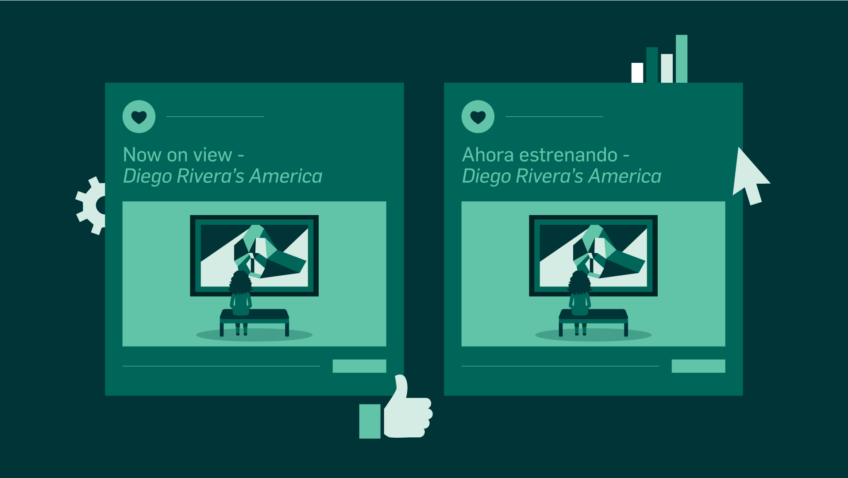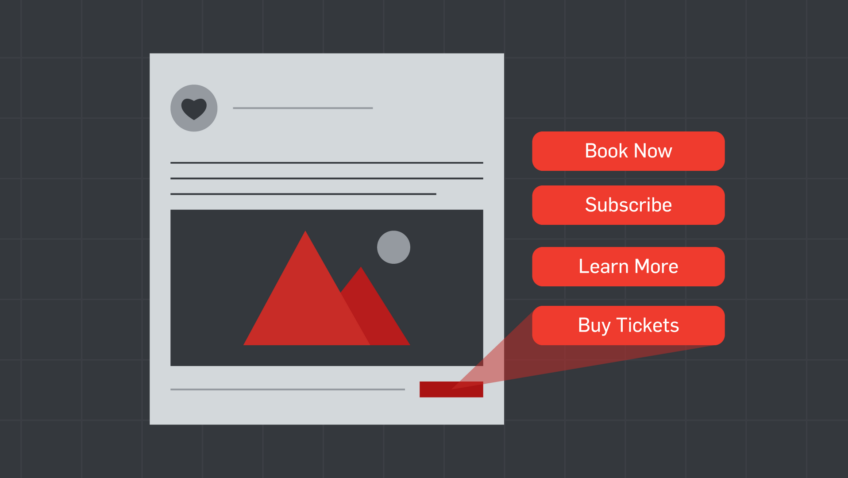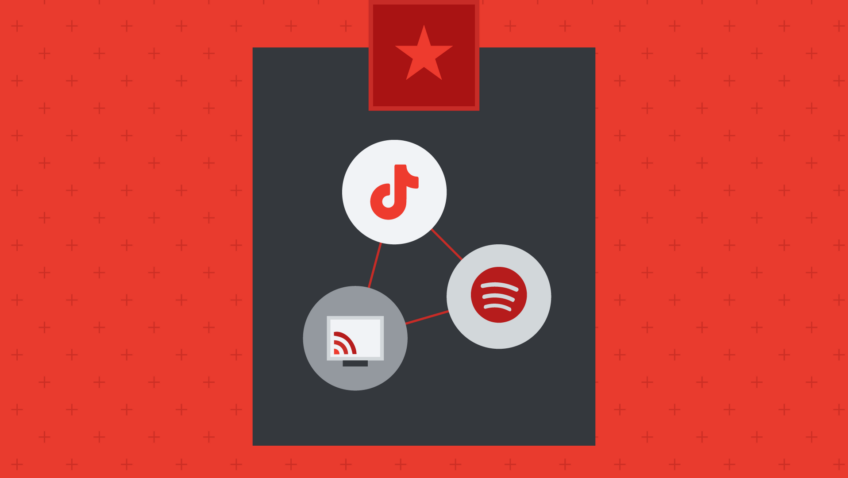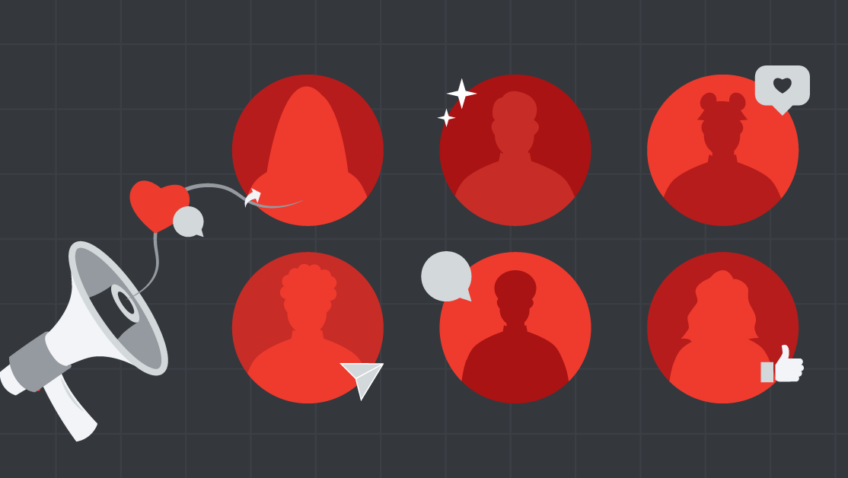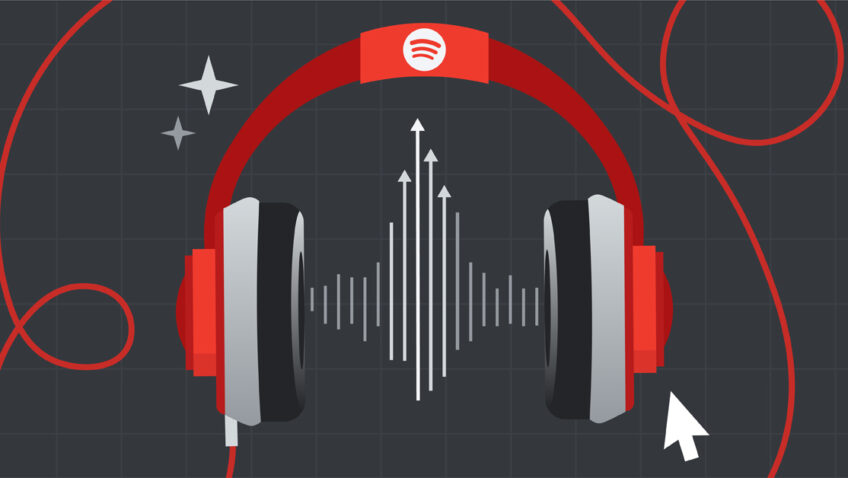Digital Fundraising: Breaking Down Silos and Rethinking the Ordinary
When Stephen Dubner interviewed Charles Duhigg, author of the book Smarter Faster Better in a Freakonomics podcast focused on productivity, Duhigg told a story about how electricity, when it was first popularized, was hailed as a game changer for productivity. There was a huge wave of factories that replaced their steam engines with electric engines. But what happened next is what economists called a “productivity paradox”- initially, productivity didn’t rise in the factories.
Researchers found that when factory managers switched in the new electrified machines, they kept them arranged in the same way and simply swapped out the old steam pipes for wires. It was a couple of decades before factory managers realized that the power of electricity was not just in the source of energy, it was in the freedom it gave to move the machines around and rethink arrangements of workers to increase productivity.
It’s not enough to incorporate new tools- it’s about new tools serving as a catalyst to rethink the ordinary.
In many arts and cultural organizations there’s an artificial wall that exists between marketing and development. To be fair, these departments often have separate budget lines and are charged with segregated earned and contributed income goals. But, in essence, they have the same job- to create, build, and retain relationships with patrons. And these patrons are one and the same– your ticket buyers and subscribers are your donors, and vice versa.
In this digital age, these silos are creating a productivity paradox in our field, holding us back from harnessing digital’s potential for tailored, integrated patron communication- but it’s one we can overcome with some creativity and collaboration.
At Capacity Interactive, we believe deeply in the idea that successful marketing and fundraising requires getting the right message to the right people, in the right place, at the right time. To do so, we need a re-tooling and rethinking of how we engage with our patrons across the organization to harness the digital channels where patrons are spending their time.
We partner with marketing teams who have built a strong digital practice in Facebook and other channels to sell tickets and subscriptions, whose experience could be leveraged to great effect. It defies logic to think they’re only in those channels for ticket buying purposes, and it is equally illogical to think fundraising and marketing can effectively use digital channels in isolation from one another when talking to the same people.
The most powerful thing you can do right now is to start a personalized, integrated, ongoing relationship with your patrons in the digital space that brings the right messages to them at each point of their lifecycle with your organization. Consider the following:
- Recent data from leading charities highlight the effectiveness of digital for fundraising and the importance of a healthy media mix.
- We’ve also seen the ALS Association take a long, hard look at the Ice Bucket Challenge success and undertake planning and knowledge building via data analysis to create a sustainable practice in the digital space.
- Top cause-related fundraising organizations like Charity : Water and the United Way approach their audiences as marketers, learn everything they can about their donors, meet them where they are (the digital space), and use donations as a launch pad for a rich, ongoing relationship where they share the impact of donations- a key to donor retention.
Here are five steps you can take right now to break down those silos for this fiscal year:
1. Get an inter-departmental meeting on the calendar for Marketing and Development. Order food and make it fun. But also make it clear that this is a priority for leadership, and that it’s the first step in making everyone’s lives easier.
2. Dive into the data you have about your patrons- can you articulate the overlap of ticket buyers and donors? Subscribers and lecture attendees? In order to effectively plan segmentation for communications, you must know who you’re talking to and prioritize messaging in as tailored a manner as possible. At times, this may require clear leadership on organizational priorities.
- Develop a firm understanding across departments about what your patron segments are and how they can be sliced and diced. Do you have data that lets you target donors by age group? Do you know which of your ticket buyers are young professionals
- Dive into how you can access these segments- who is accessible via email? Via remarketing on Facebook or display advertising?
3. Get your planning calendars out and start creating one, cohesive organizational strategy for patron communications (organic and paid). This means you’ll need to get other departments involved- Education likely has important needs, too, for example.
- Map out the major campaigns for each department. Identify the exact segments for targeting and look for areas of overlap where messaging will need to be tightly choreographed, or ways in which timing can be maximized to serve multiple goals (for example, including a donation campaign in subscription messaging for your most loyal patrons).
- Then, plan across your media channels for all campaigns and ongoing communications. Include not only the big fundraising and production ticket sales campaigns, but also the stewardship content that will demonstrate how donors’ dollars are creating impact and the production-related content that’s fun to consume.
- Create inter-departmental working groups to keep timelines on track and coordinate content needs (and tap the needed resources to create compelling, visual assets!)
- Create a comprehensive calendar for all to reference and keep it highly visible.
4. Get creative on content. While marketing may be the lead content creators, use this new collaborative environment as an opportunity for discovery of assets across departments (does Development have a vault of great images from events? Does Artistic have amazing sketches from production designers or backstage video?).
- Learn from one another’s expertise and create content that maximizes the nature of the digital channel.
5. Set up recurring meetings & iterate. While summer is an ideal time to jumpstart a new, collaborative relationship, it’s critical that you make time for its continuation throughout the year. Experiment, measure and use analytics tools, look at results, brainstorm data-informed improvements, and continue to grow.
Changing old patterns can take time and certainly takes leadership and dedicated effort- but it pays dividends.


